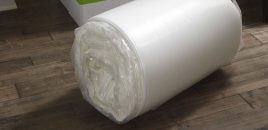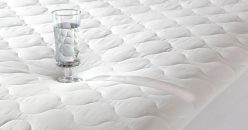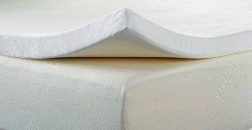How to Correct Duck Feet Posture in Adults
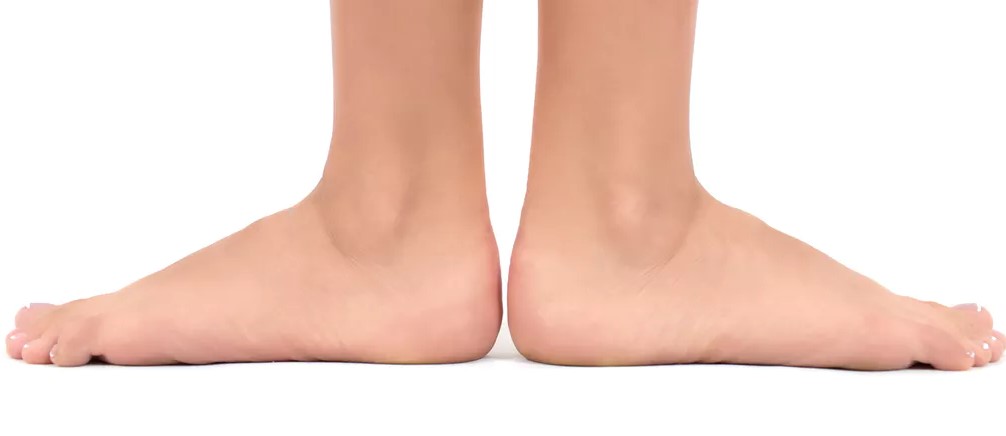
Out toeing or duck feet posture is a postural misalignment where an individual’s foot or feet point outwards instead of straight when walking. In most occasions, the posture is painless but in some it can lead to recurrent issues such as bunions, shin splints, or knee pain.
Having a duck feet posture isn’t fatal. However, the wear and tear and stigma that comes with it can impact your comfort and way of life. The deviation from normal walking also leans your body in an imbalanced way which can easily lead to weak joints and accidents.
To correct feet that roll out, you need to understand what led to this condition in the first place. While most people think the main reason why they began to walk like a duck is due to the feet themselves, the issue is often as a result of misalignment of your hips or knees. The condition worsens over time as habits, repetitive movement and muscle tightness take their toll.
Correcting duck feet posture
The best way to correct duct feet depends on the cause of out-toeing. This is because you aren’t trying to adopt a new position, rather you are training your muscles to go back to the previous normal position.
Note that it takes consistency to get results. Keep exercising on a daily basis for you to resolve the muscular issue and regain your posture. Here are some of the exercises you can undertake to correct externally rotated feet.
Fixing duct feet caused by posterior pelvic tilt
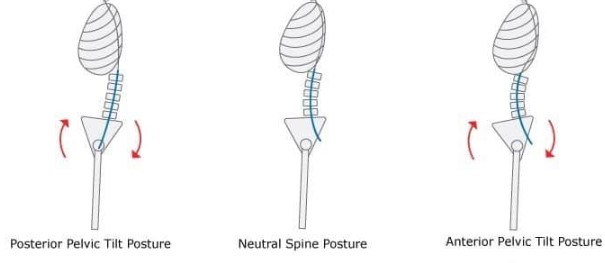
The posterior pelvic tilt is where the pelvic bone rotates in a backward direction leading to outward-turned feet, knees, and hips. To correct this posture, you need to engage in exercises that loosen up muscles around the back of your thighs, lower back, and hips.
- Stretching out the hamstring: Tight hamstrings as a result of excessive sitting can cause a tilt in your posture. Stretching and releasing your hamstring severally can help you to regain normal posture.
- Strengthening hip flexors: Hip flexors are responsible for helping you to move your leg up towards your waist. Use ankle weights and elastic bands to try this exercise while the restraining movement of your legs outward.
- Strengthening the lower back: Lower back strengthening exercises such as the dumbbell stiff-legged deadlift and lower back extension workout can come in handy in rehabilitating your posture.
- Pelvic posture corrector belt: A good posture belt for the pelvic region can help correct your posture while eliminating pain.
Fix duck feet caused by external hip rotation
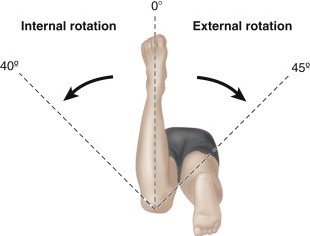 This condition is brought about by tight glutes and is characterized by the femur and shin area of your leg(s) is pointing outwards, making your toes to face outwards.
This condition is brought about by tight glutes and is characterized by the femur and shin area of your leg(s) is pointing outwards, making your toes to face outwards.
Fixing external hip rotation involves stretching and releasing glutes to lengthen them and strengthen the hip’s internal rotators. This movement causes your hips to be pulled more inwards rather than outwards.
If you aren’t sure whether you have outward-facing hips, stand or lay down on a flat surface and look down at your knees. If your knee caps and feet are facing outwards, then your hips are pointed outwards. Here are some exercises to correct the condition:
- Glute stretching: This is done by sitting on the edge of a chair and placing one ankle on the top of the knee of the other leg. While at it, make sure your back is tilted a bit to create an arch. Do the same for the other leg.
- Strengthening hip internal rotators: Stand up with your legs pointing forward. Bend your knees outward to leave a gap in between and place a block or any solid material. Squeeze your knees against the block and hold in that position for about 25 seconds. Repeat the process about 5-7 times a day.
- Hip posture belt: This belt will help to keep your hips facing forward. It is portable and can be used anywhere as long as you are seated.
Duck feet caused by limited ankle dorsiflexion

Limited ankle dorsiflexion means that you cannot move your toes upwards without shifting your inner foot. This usually leads to a lack of mobility whereby you have to compensate by turning your feet when walking.
To know if you have limited ankle dorsiflexion, stand next to a wall and assume a lunge position where toe is a few centimeters from the wall while your knee touches the wall. Move your foot gradually behind until the heel lifts off the ground or the foot arch collapses. If your toe is less than 8 cm from the wall, then you are suffering from ankle dorsiflexion.
The following exercises can help you to recover from the problem:
- Stretching your calves: Stand near a wall with one foot in front of the other and the front knee slightly bent while the other knee remains straight. Tighten muscles in the calf area for 20-30 seconds before releasing them. Do this 5-7 times daily.
- Joint flexibility exercises: Joint restriction can be reduced through exercises like squats and lunges. Ensure that you are training barefoot for maximum effect.
- Ankle Support brace: An ankle support brace eliminates the need for exercise and can be used anywhere. You can combine this brace with exercises if you wish for faster results.
Fixing foot pronation

Pronation, or flat feet, is a condition where your arches are completely non-existent. This leaves an imbalance since you will be walking from inner to outer foot instead of heel to toe. With time, your feet turn outwards to curb this imbalance and bring about some balance.
Unlike the other conditions, flat feet can be difficult to fix. This is because you need to strengthen the arch muscles of your feet. However, it isn’t impossible. Here are solutions to the problem:
- Orthotic sole inserts: You need to wear shoes with ample arch support on a daily basis. You can also get orthotic insoles with arches that are designed for correcting your posture if you have a flat foot.
- Arch compression sleeves: An arch compression sleeve is more convenient since you can wear it to bed. It also works rather well
Exercising is the most recommended solution for fixing duck feet. However, it is worth noting that it will take quite some time to get a desirable effect. Keep exercising regularly and seek medical advice from a professional whenever you need help in your recovery process.

![Good Posture When You Draw [How to Get the Best Position]](https://www.goodposturehq.com/wp-content/uploads/thumbs_dir/Good-Posture-When-You-Draw-prlnpziekmihpj280qk0337a867a3d3oaq0qc83nbo.jpeg)
![SUV vs Sedan Good Driving Posture [Best Sitting Position]](https://www.goodposturehq.com/wp-content/uploads/thumbs_dir/Sedan-Good-Driving-Posture-prgr0xfu7wpe98up4mvnrs2g311miv57eesvnlpdck.jpeg)
